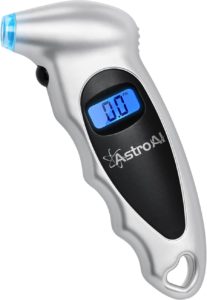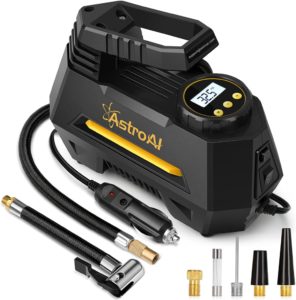Understanding how the tire pressure monitoring system (TPMS) works in a 2014 Honda CRV is crucial for maintaining optimal driving performance and safety. At its core, TPMS is a system that monitors the air pressure in your car’s tires and alerts you when the pressure drops below a certain level. In this article, we will take a closer look at how the 2014 Honda CRV’s TPMS works and how it can be beneficial for drivers.
The Importance of Proper Tire Pressure
Before diving into the specifics of how the TPMS works in the 2014 Honda CRV, it’s important to understand the importance of maintaining proper tire pressure. Proper tire pressure is essential for several reasons, including:
Improved Fuel Efficiency: Proper tire pressure can help your car achieve better fuel efficiency, which can save you money in the long run.
Enhanced Safety: Proper tire pressure helps maintain better control over your vehicle and reduces the risk of accidents caused by underinflated tires.
Extended Tire Life: Proper tire pressure can help extend the life of your tires, reducing the frequency of costly tire replacements.
How the 2014 Honda CR-V TPMS Works
The tire pressure monitoring system in the 2014 Honda CRV uses a series of sensors to monitor the air pressure in each tire. These sensors are located in each tire, and they measure the air pressure and temperature. The sensors transmit this data to the car’s computer, which analyzes the information and determines if the tire pressure is too low.
If the pressure in one or more tires drops below a certain level, the TPMS will alert the driver by illuminating a warning light on the dashboard. This warning light looks like an exclamation point inside a horseshoe shape and is usually accompanied by a message on the dashboard display screen.
When the warning light illuminates, it’s important to check the tire pressure as soon as possible. Driving on underinflated tires can be dangerous and can cause damage to the tires and other parts of the car.
How to Reset 2014 Honda CR-V TPMS:
Be sure to fill your tires to the recommended PSI.
Have the car running or the ignition to the ON position.
Hold down the button. (located under and to the right of the green ECON button on the left of the steering wheel)
The TPMS light will start flashing.
Once the TPMS stops flashing, release the TPMS button.
Drive the vehicle
Common Causes for Tire Light to Turn On:
Low tire pressure
Faulty TPMS sensor
Damaged tire or rim causing air leakage
Changes in temperature causing changes in tire pressure
Faulty TPMS module or wiring
Improper tire inflation due to overinflation or underinflation
Tire puncture or damage to the valve stem
Battery failure in the TPMS sensor
TPMS sensor needing to be reprogrammed
Using winter tires or tire chains without reprogramming the TPMS system
When to Reset Tire Pressure Light:
When you’ve adjusted the tire pressure in your tires to the recommended levels. (always adjust tire pressures when tires are cold, before driving)
When you’ve replaced one or more tires with a new tire or a tire with a different size or pressure rating.
When you’ve rotated the tires on your vehicle.
When you’ve had a flat tire repaired or replaced.
When the TPMS warning light remains illuminated even after correcting the tire pressure issue.
Conclusion
In conclusion, the tire pressure monitoring system in the 2014 Honda CRV is an innovative safety feature that allows drivers to maintain optimal tire pressure and improve their vehicle’s performance. By understanding how the system works and how to reset it, drivers can ensure that their car is always operating at its best. Proper tire pressure not only improves fuel efficiency and extends tire life, but also helps to prevent accidents caused by underinflated tires. Keep your vehicle safe and efficient by following the tips outlined in this article. Happy driving!




